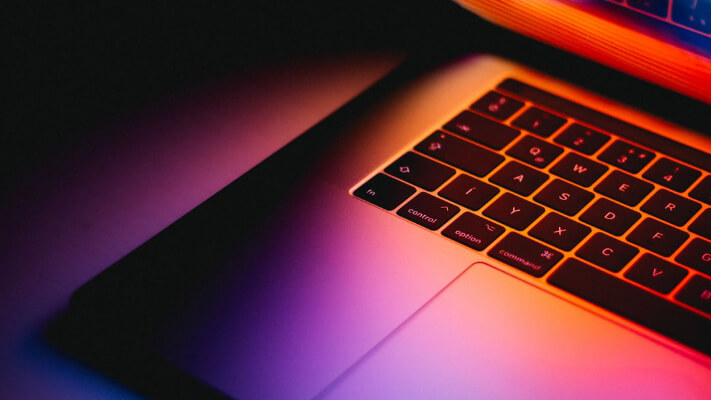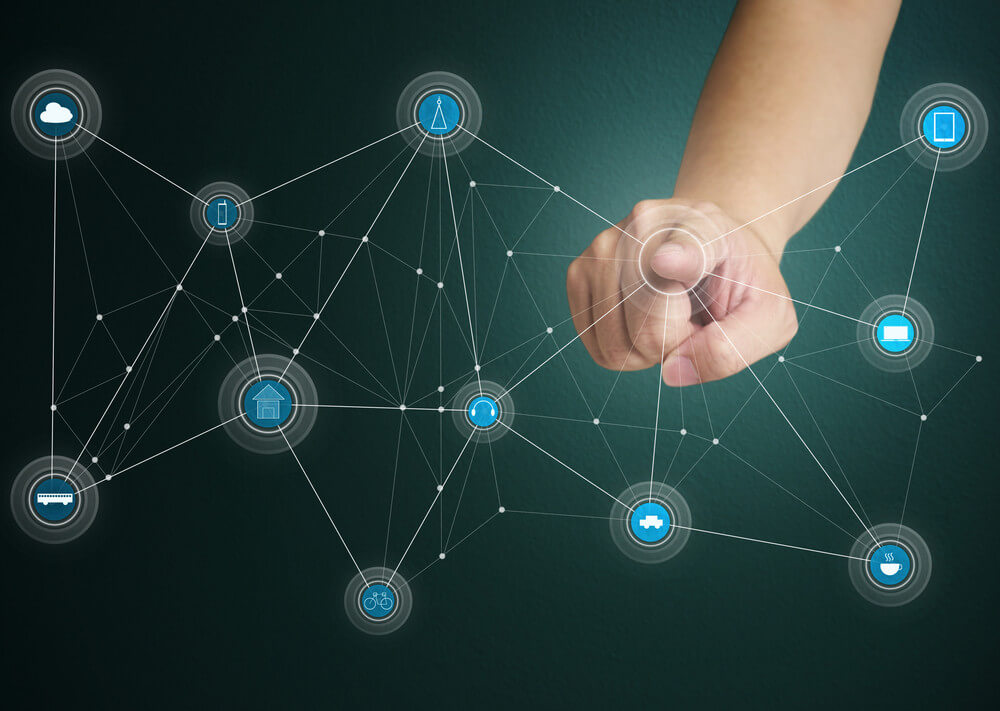Technically, the word connectivity can refer to any connection between people or things. Today, however, the word is almost always used to refer to online connectivity, that invisible world of the Internet that keeps everyone connected through social networks, e-mail and millions of websites, as well as point-to-point or point-to-multipoint connections between branches of the same company. This online connectivity is made possible through the fiber optic network that extends not only in Latin America or the U.S., but around the world.
Data connectivity and capacity in the fiber optic network
Single-mode fibers are used for almost all communication links exceeding 1,000 meters, or 3,300 feet, known as the fiber optic network. The fiber optic lines are strands of glass and are coated with a plastic coating that is about as thin and fine as a strand of human hair. These small lines are capable of transporting digital information around the world. Because they are made of glass, fiber optic cables are transparent and very flexible, which makes them very delicate because they are so thin. That is why the fiber optic strands lie inside additional external protective cables. This makes it less likely that the telecommunications company responsible for laying and maintaining the fiber optic network will have to come out to make repairs to broken lines that affect connectivity. A single break in a fiber optic cable can greatly reduce data connectivity and capacity throughout any fiber optic network.
However, these small fiber optic strands are capable of carrying large amounts of data at incredibly fast speeds. That is why when you press the“enter” or return key in an Internet search, you get the results immediately. All the data entered on that search screen traveled along the fiber optic network, at the speed of light, and returned the requested information to your computer or device almost instantaneously. It’s amazing! When you think carefully about everything needed behind it to drive the connectivity that everyone now enjoys thanks to the Internet, it’s really quite mind-boggling.
The fiber capacity of each of these yarns is almost impossible to understand. Suffice it to say that a large amount of data can be transmitted along a single fiber optic cable at ultra-fast speeds that allow you to type a tweet, click a button and see those words appear instantly on your screen. This is the instant connectivity that technology and operators offer us today. The wonder of being able to text, video chat and even talk on the phone with your friends in real time. Information is obtained instantly, so there is almost no delay between the parties in a telephone conversation … unless, of course, the data is slowed down. unless, of course, the data is slowed down.
Anyone who has watched YouTube videos knows that connectivity is not as seamless and as fast as you would like it to be all the time. Everyone has seen that little circle going around that makes everything stop. But why does this connectivity problem occur?
When connectivity slows down
There are many reasons why your video may be buffered or your download may have failed or your friend does not receive your text until two full minutes have elapsed. Sometimes, too much data tries to travel along the network at once. This is usually the case if you have a large discharge or several discharges at once. This can also occur during peak hours when many people are online and using the same fiber optic network to transmit data at the same time. This is the time to upgrade the speed and increase the amount of Mbps contracted.
Sometimes, there are problems along the fiber optic network. Despite all the precautions taken when laying fiber optic cables, things can still happen to damage or destroy the fiber optics that power connectivity around the world. Earthquakes and other natural disasters can damage some parts of the network, putting additional pressure on another part of the network. This can slow down your connectivity and freeze your YouTube video, for example.
Companies that specialize in telecommunications often act very quickly to repair damage that can slow down connectivity. Pause any downloads or transmissions that are currently occurring so that you are not overloading the system. And if there is an outage or a problem with the network, it is best to wait. Chances are that the problem will be repaired very quickly and your connectivity will be restored.




